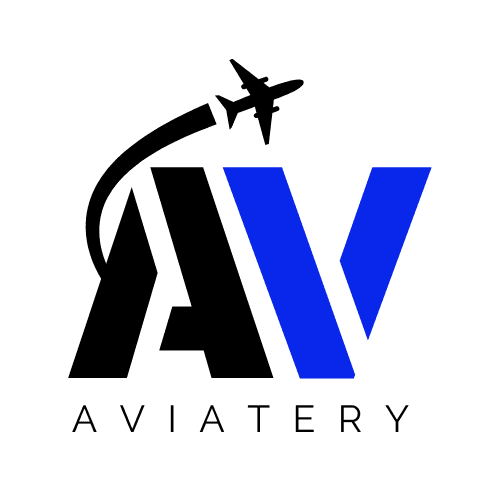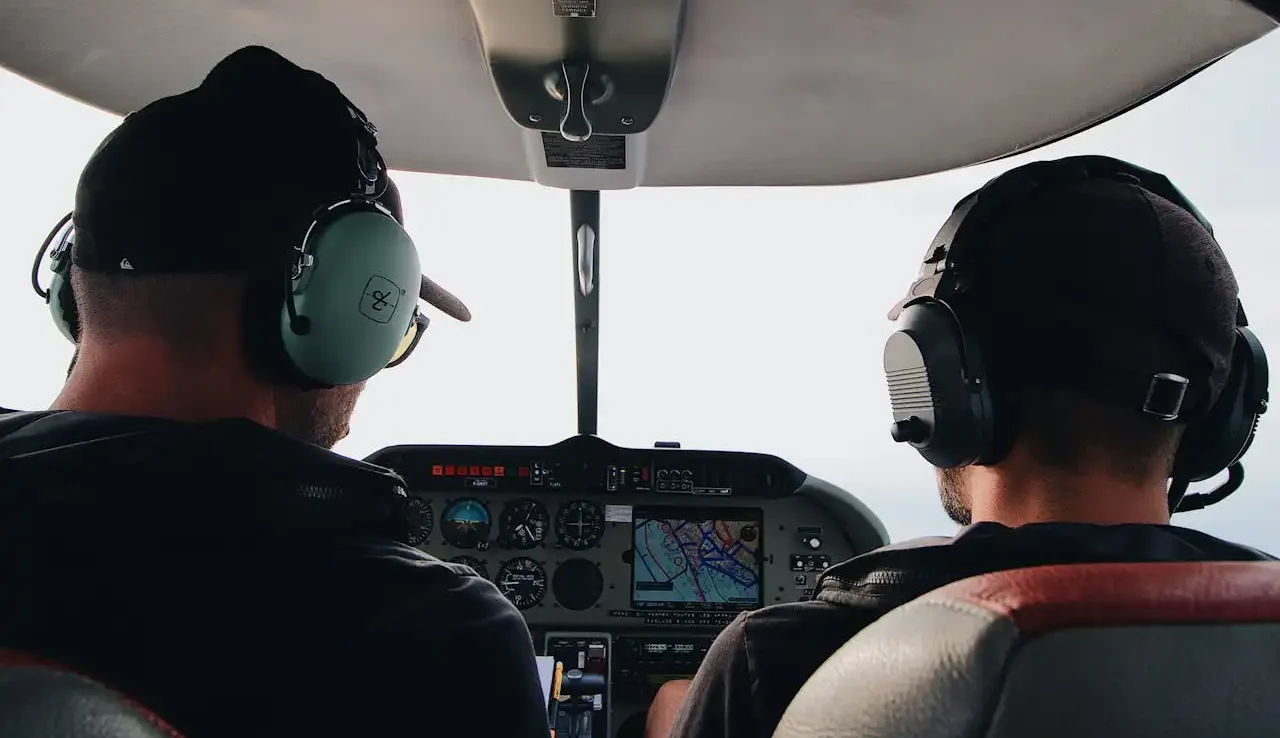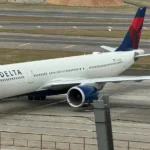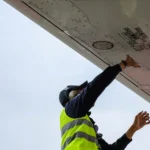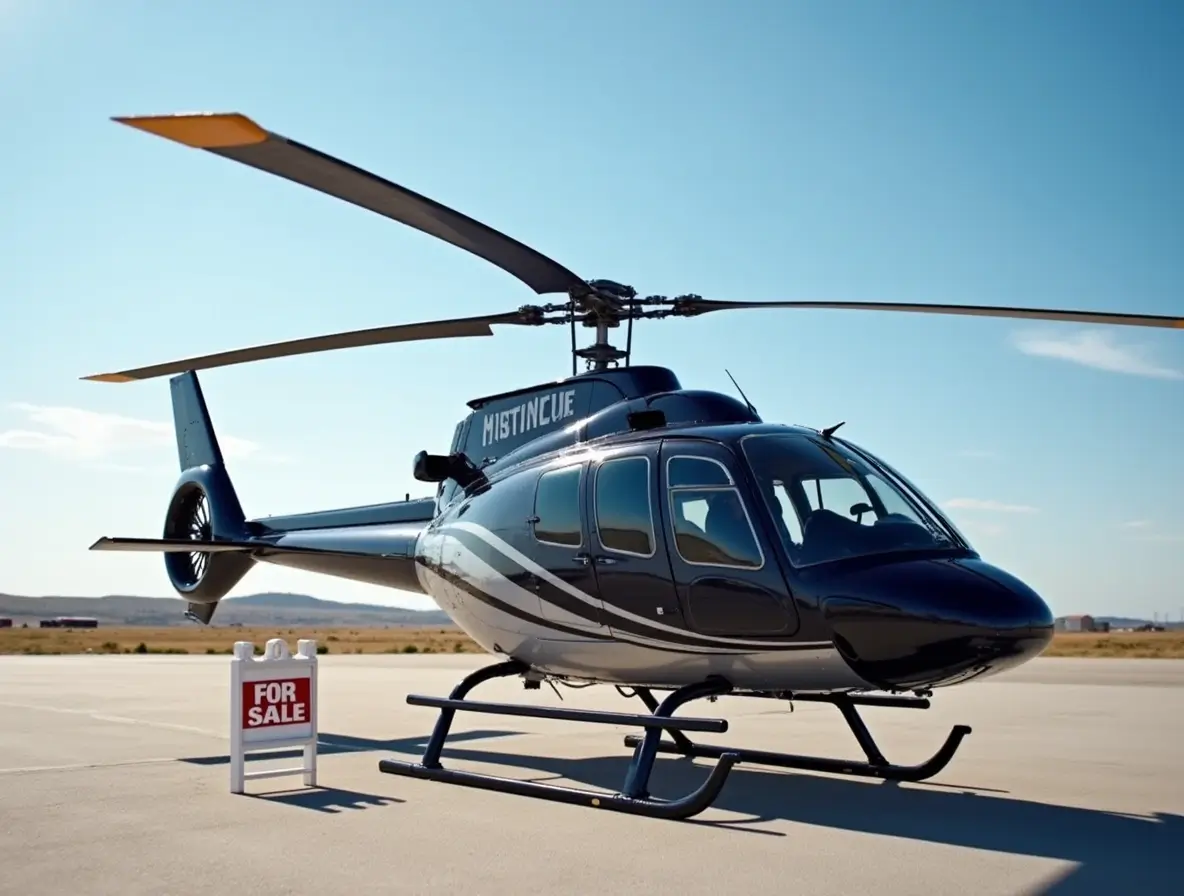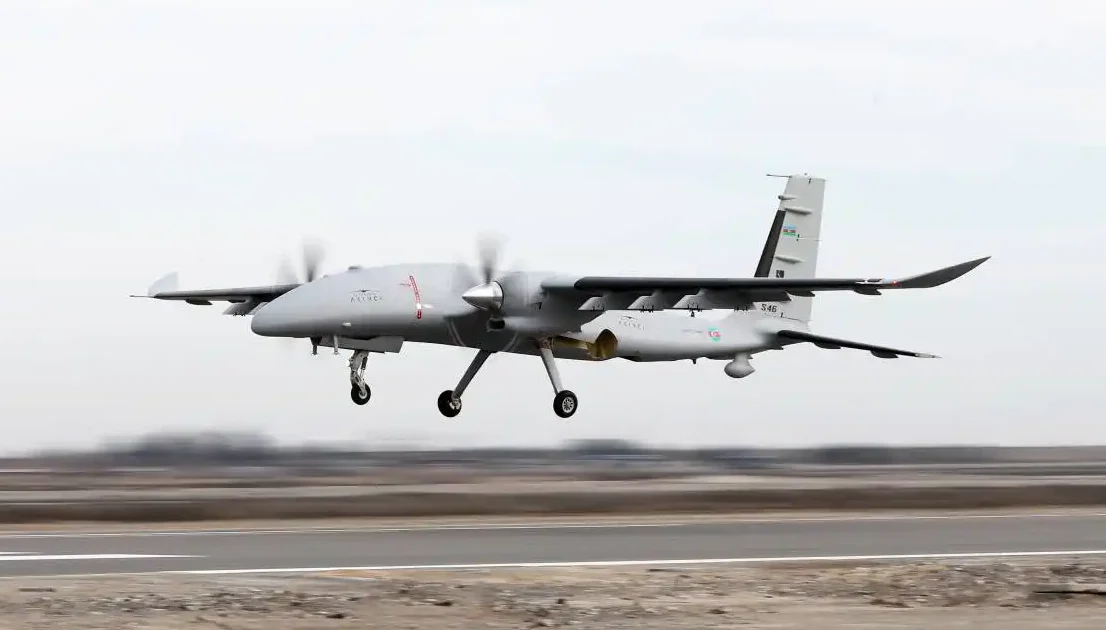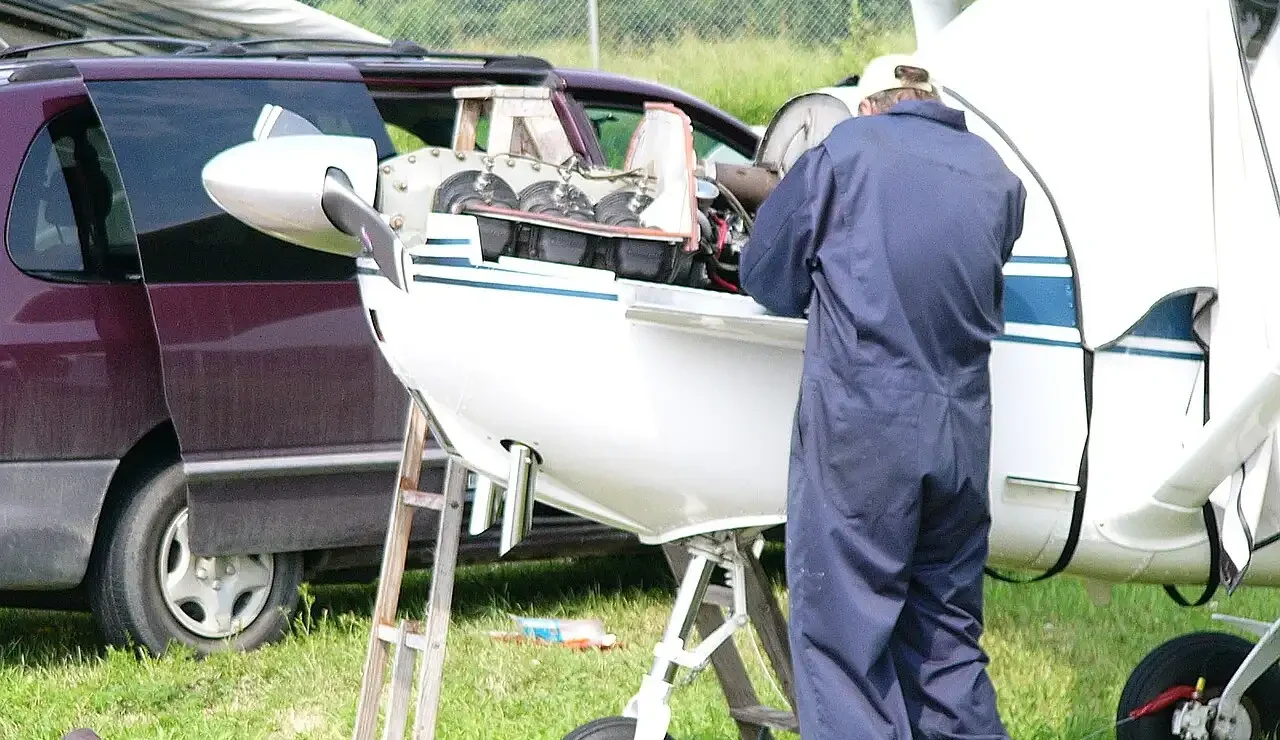The Real Cost of Helicopter Training: Breaking Down Your Investment
Embarking on a helicopter training journey is one of the most thrilling educational paths available, but the cost of helicopter training often comes as a shock to many aspiring pilots. Whether you’re pursuing a hobby or planning a career in emergency services, tourism, or commercial transportation, understanding the financial commitment is crucial before you take to the skies.
The average cost of helicopter training in the United States ranges from $15,000 to $35,000 for a private pilot license (PPL), while commercial license training can easily exceed $70,000. However, these baseline figures only tell part of the story.
What Determines the Cost of Helicopter Training?
Several factors influence the total investment required to become a helicopter pilot:
Aircraft Type
The type of helicopter you train in significantly impacts costs:
- Robinson R22: $350-$450 per hour
- Robinson R44: $650-$750 per hour
- Bell 206 JetRanger: $950-$1,200 per hour
Most students begin training in the R22, which is the most affordable option but has weight restrictions (maximum 240 pounds per seat). The Federal Aviation Administration (FAA) mandates minimum flight hours for each certification level, and these hours add up quickly.
Geographic Location
Training costs vary substantially by region:
- Urban Areas (NYC, LA, San Francisco): 20-30% higher rates
- Rural Areas: Generally more affordable but may have fewer instructors
- Florida and Arizona: Popular for year-round flying weather, competitive pricing
Certification Path
Your ultimate career goals determine which certifications you’ll need:
- Private Pilot License (PPL): 40-60 flight hours at approximately $18,000-$25,000
- Commercial License: Additional 150+ hours at approximately $40,000-$55,000
- Certified Flight Instructor (CFI): Additional training at approximately $5,000-$12,000
- Instrument Rating: Additional 40+ hours at approximately $15,000-$20,000
Many professional pilots pursue all four certifications, bringing the total cost of helicopter training to $80,000-$120,000 for a complete education pathway.
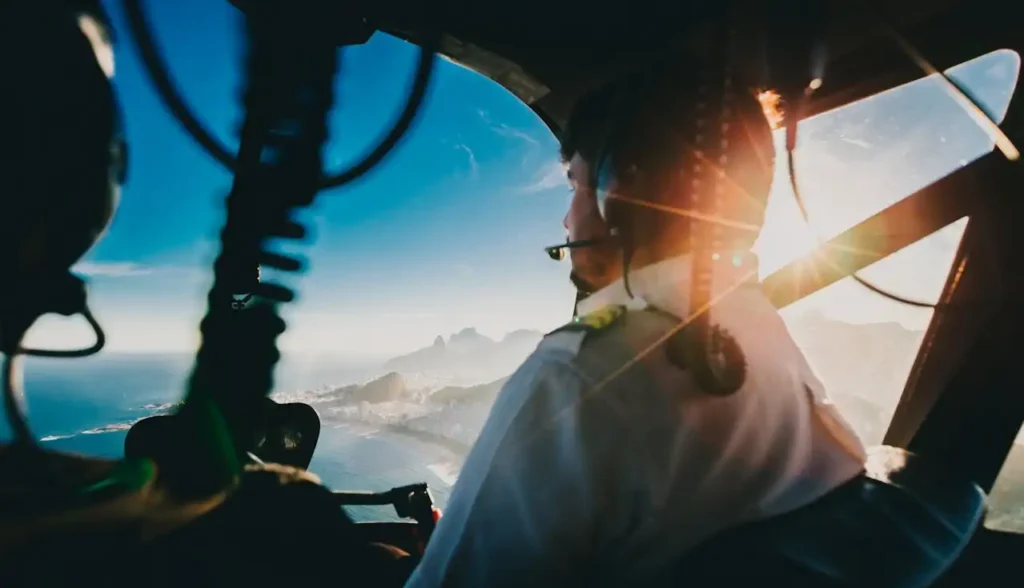
Hidden Costs of Helicopter Training Many Students Overlook
Beyond the hourly aircraft rental and instructor fees, several expenses can catch students unprepared:
1. Ground School and Study Materials
Quality ground instruction is essential and typically costs $40-$75 per hour. Comprehensive training materials, textbooks, and simulator time add approximately $1,500-$3,000 to your budget.
2. Medical Certification
The FAA requires at least a Class III medical certificate for private pilots, which costs $100-$200 initially and requires renewal every 2-5 years depending on your age. Commercial pilots need a Class II certificate, renewed annually.
3. Testing Fees
Written exams ($150-$175 each), practical tests (“checkrides”) with designated examiners ($700-$1,000 per test), and potential retests if you don’t pass the first time can add thousands to your total cost of helicopter training.
4. Insurance and Unexpected Expenses
Some flight schools require students to carry renter’s insurance, costing $500-$1,500 annually. Weather cancellations, maintenance delays, and the need for additional training hours beyond minimums can add 10-20% to your total budget.
5. Time Investment
While not a direct financial cost, helicopter training typically takes 6-12 months for a private license and 12-24 months for a commercial license if training part-time. This extended timeline means ongoing living expenses while your income potential may be limited.
According to the Helicopter Association International, students who train consistently (3-4 times weekly) typically progress faster and spend less overall than those who train sporadically.

Financing Your Helicopter Training: Options to Consider
The significant cost of helicopter training leads many students to seek financial assistance:
- Aviation-Specific Loans: Companies like AOPA Finance offer specialized loans for flight training
- GI Bill Benefits: Military veterans can use benefits for approved helicopter training programs
- Flight School Payment Plans: Many schools offer installment options
- Scholarships: Organizations like Whirly-Girls International and Helicopter Foundation International offer competitive scholarships annually
FAQ About Helicopter Training Costs
Q: Is it cheaper to train in a fixed-wing aircraft first? A: While fixed-wing training is approximately 40-60% less expensive per hour, transitioning to helicopters still requires full helicopter training hours. Starting directly with helicopters is typically more cost-effective unless you want both ratings.
Q: Can I reduce costs by buying my own helicopter? A: Owning a helicopter involves significant expenses beyond the purchase price, including maintenance, insurance, hangar fees, and fuel. For most students, ownership only makes financial sense after obtaining commercial certification and if flying extensively.
Q: How do international training options compare cost-wise? A: Some countries like New Zealand and South Africa offer helicopter training at 30-40% lower costs than U.S. programs. However, transferring these certifications to FAA licenses involves additional testing and expenses.
Q: Are there age restrictions that affect training costs? A: While there’s no upper age limit, students under 40 can obtain less expensive medical certifications with longer validity periods. Students over 40 typically spend more on medical certifications over their career.
Q: How much should I budget for ongoing costs to maintain my licenses? A: After certification, plan for $2,000-$5,000 annually for recurrent training, medical certifications, and minimum flight hours to stay current and proficient.
Q: Is it possible to work while training to become a helicopter pilot? A: Most students maintain part-time or flexible jobs during training. However, intensive programs that complete training quickly (in 4-6 months) typically require full-time commitment.
Finding the right balance between cost and quality is essential when selecting a helicopter training program. The lowest-cost option isn’t always the best value if it extends your training time or provides insufficient preparation for your career goals.
Share Your Thoughts: We Value Your Feedback!
